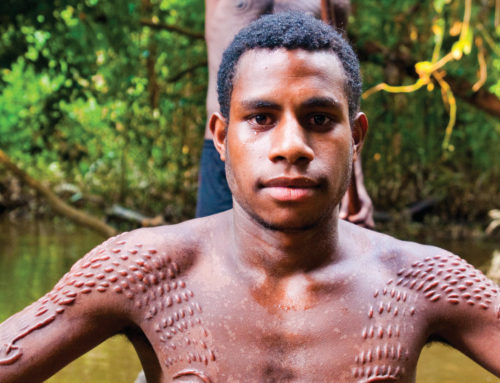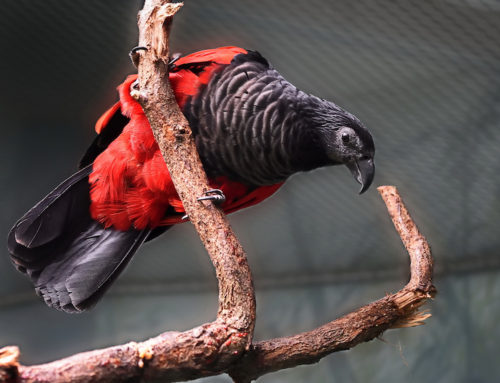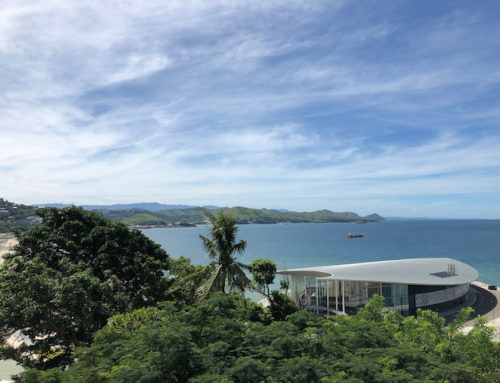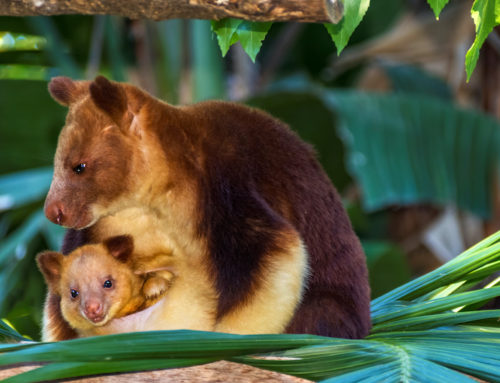Walking the Kokoda
4th February 2017

If you’ve ever wanted to trek through dense mountain jungles in the midst of World War II history and unspoilt local villages, the Kokoda Trail is your chance to do it. Hikers can follow the footsteps of the Allied troops who fought off advancing Japanese soldiers there in 1942. They can trek where the Australians forever solidified their bonds with the native Papua New Guineans who nursed their wounded back to health after bloody battles. The trail has been preserved largely as it was back then and it gives trekkers the opportunity to experience 96 kilometres of history, rainforests, rugged terrain, and local culture.
The Kokoda Trail snakes from Owers Corner to Kokoda Village, passing through the Owen Stanley Range of mountains and the land of the Koiari and Orokaiva people. The trek can be completed in either direction, and it includes dark green, vegetation-filled gorges and narrow crests with beautiful views of lush landscapes. Trenches and rusted weapons used by World War II soldiers can still be seen on the trail. Trekkers will also have the opportunity to immerse themselves in local culture as they pass through traditional villages along the way.

While you don’t need to be a professional athlete to attempt the Kokoda Trail, hikers do need to be very fit. Many train for three to six months beforehand to prepare for this trek. The wild terrain is steep and challenging, and the weather is very hot and humid. Elevation changes frequently and conditions can be wet and slippery. Plan to cross some rivers and be bombarded by mosquitoes, as it is the jungle after all. Trekkers should expect only basic facilities along the way – think no electricity, drop toilets, tent camping, and the need to pack your own toilet paper. The trek can be completed in anywhere from four to twelve days, depending on fitness and the amount of rest time taken. For a moderately paced trek, you might spend up to ten days hiking the trail.
May through late October is dry season in Papua New Guinea, so it’s considered the best time to hike the Kokoda Trail, but good weather can still be had in April and November too. Hikers should plan to fly into Port Moresby or Kokoda to begin the trek, depending on which direction they’re heading. Each person attempting the Kokoda Trail will need a trekking permit whether they’re hiking independently or with one of several licensed tour companies that offer guides, porters, tents, and meals. All trekkers are required to have comprehensive travel and medical insurance as well.

Though the Kokoda Trail is the most popular trek in Papua New Guinea, it’s still very much an authentic and off-the-beaten-path experience in the travel world. In the last several years, less than 4,000 people completed the trek annually, but the venture to this often unseen region is well worth it. Hikers can anticipate amazing jungle scenery, steamy temperatures, lots of ups and downs, and one of the world’s best and most thrilling hikes. And it’s not often that such a wild outdoor adventure serves up a real life stroll through history.
Paga Hill Estate is a world class master planned estate in the heart of Port Moresby, Papua New Guinea. The waterfront site is the first comprehensively planned multi-use development in Papua New Guinea to be enjoyed by both residents and visitors alike. The all-inclusive development will include vibrant public spaces and waterfront promenade, luxury hotels, residential apartments, restaurants, retail, commercial space, a Trade, Exhibition & Cultural Centre, restoration of WWII relics, marina precinct and a nearby international cruise liner terminal.





